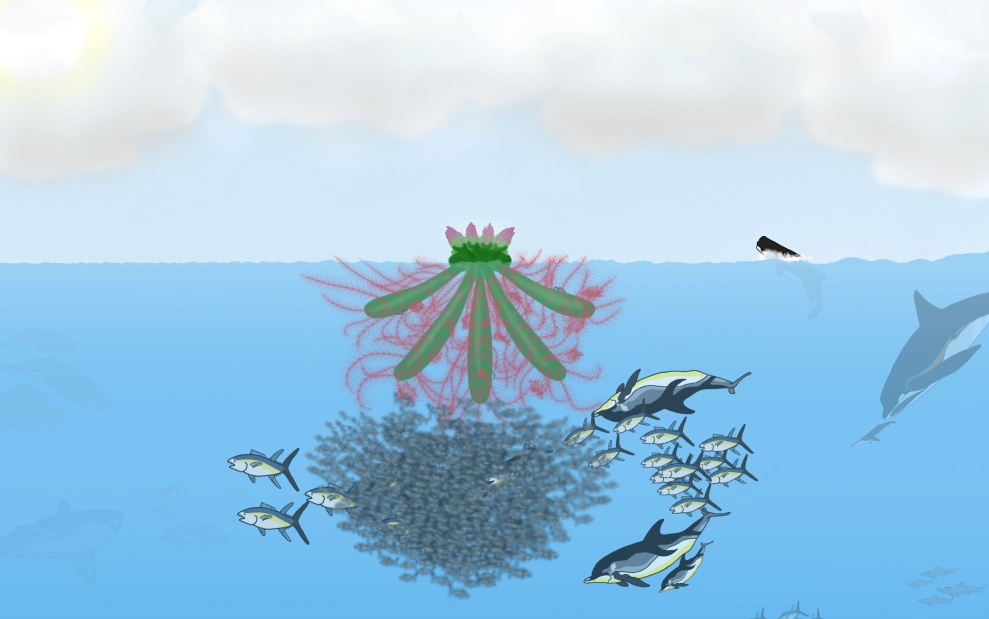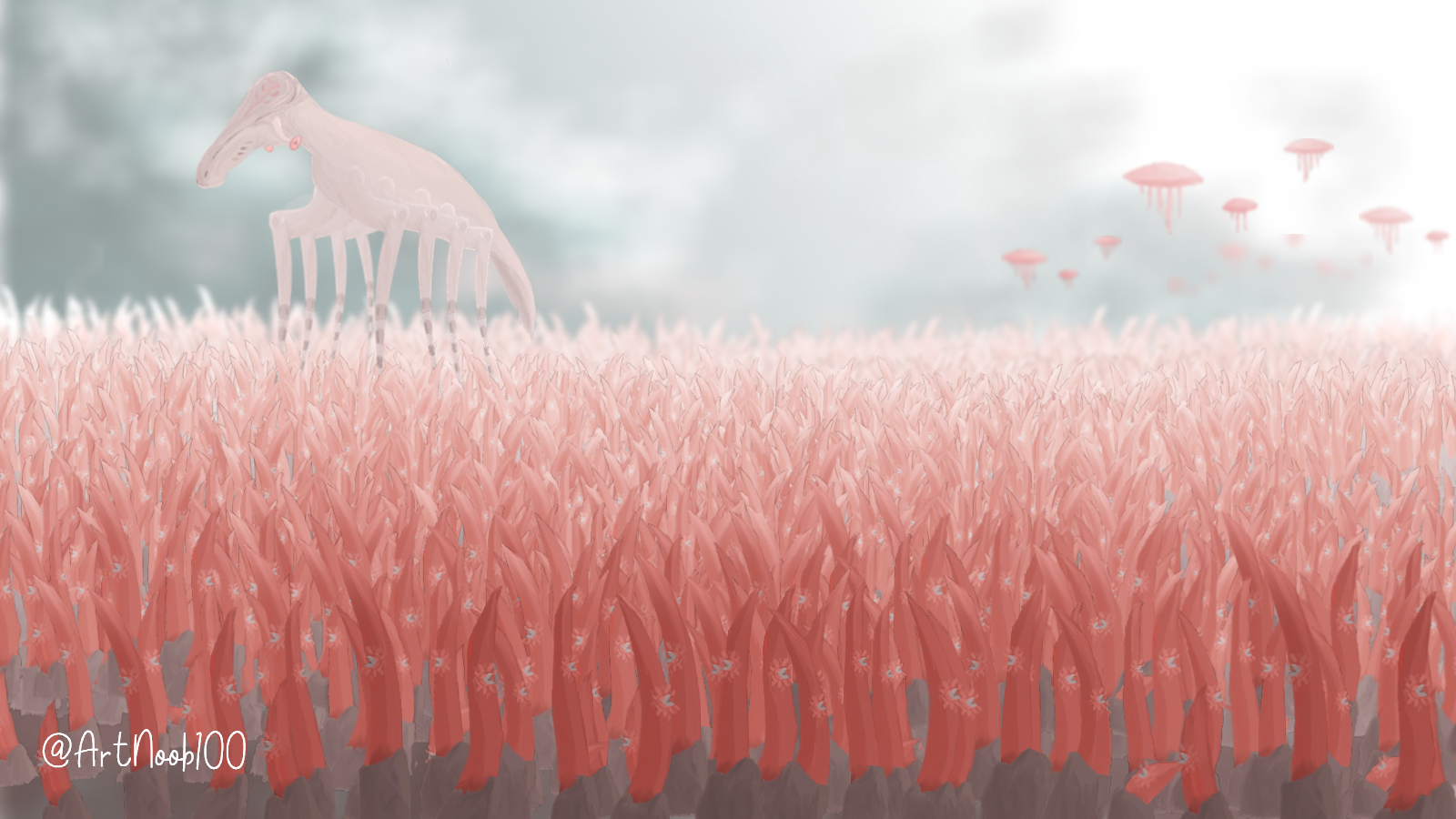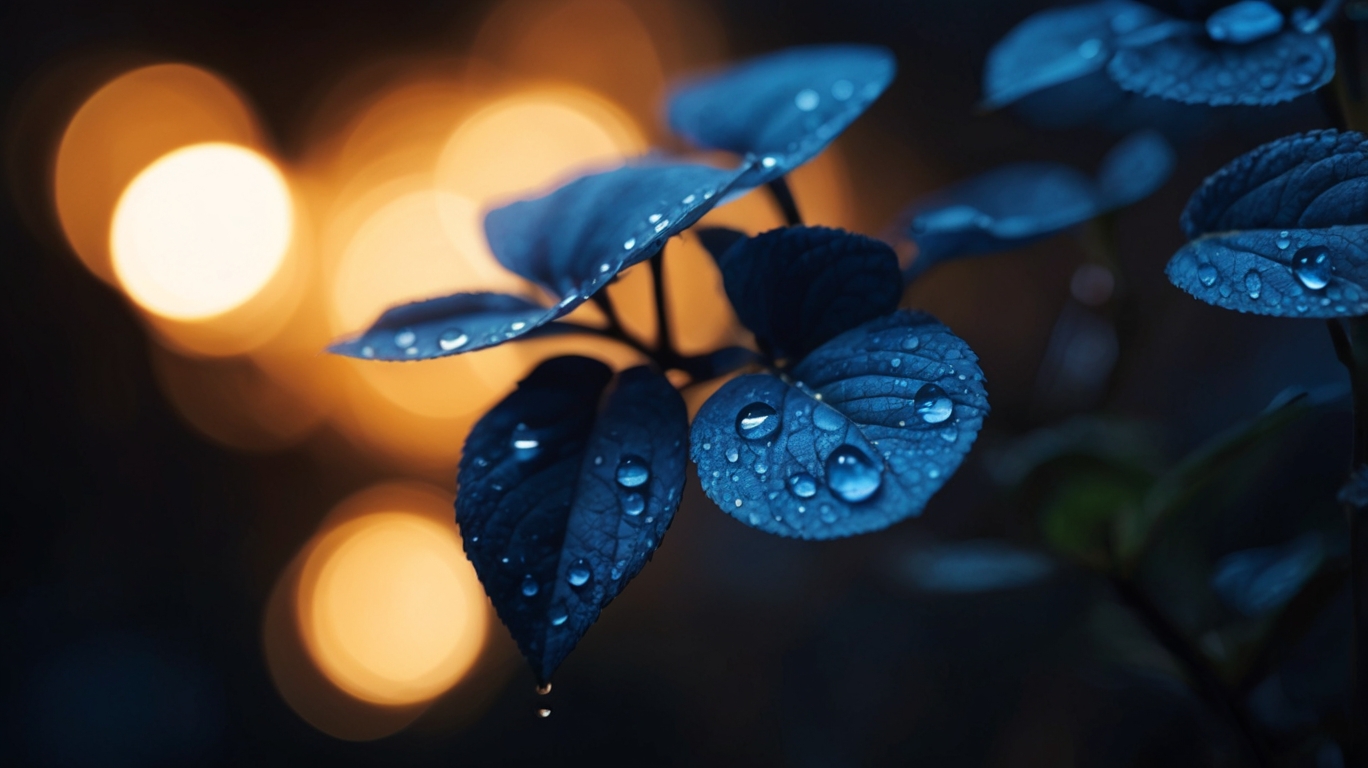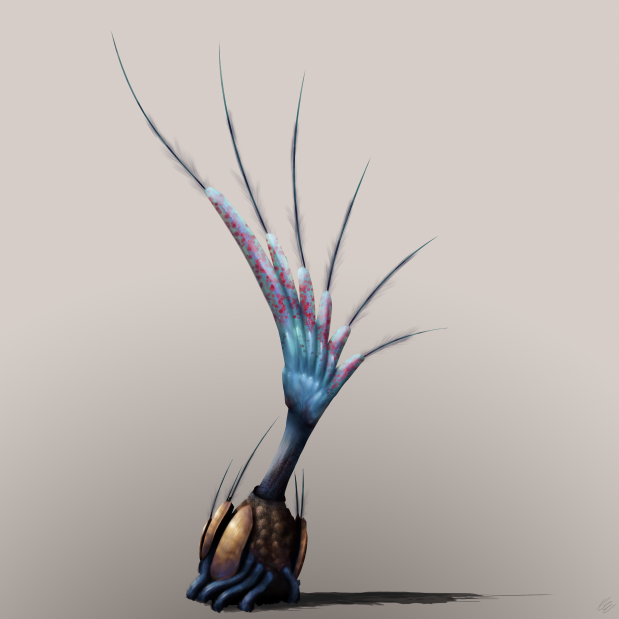Ratimmanis ossinedia
Monstrous flowers dot the surface of the Sargasso Sea. Held aloft by gas-filled floats and clinging to seaweed, ratimmanis ossinedia trawls the temperate waters of the future mid-Atlantic, feasting on the bounty of small fish and phytoplanktons which call the sargassum its home. Common Names Ratimmanis ossinedia comes from the Latin ratis (raft) immanis (monstrous) […]
Continue Reading







